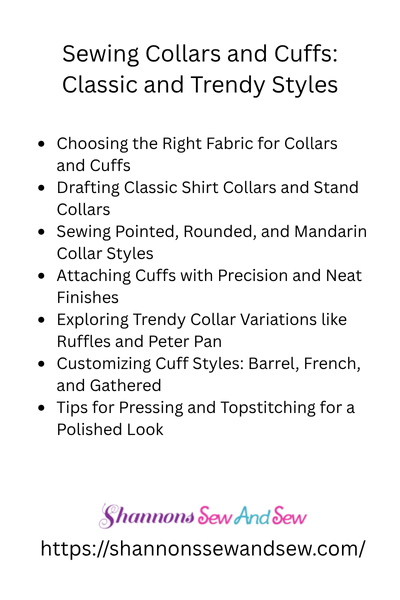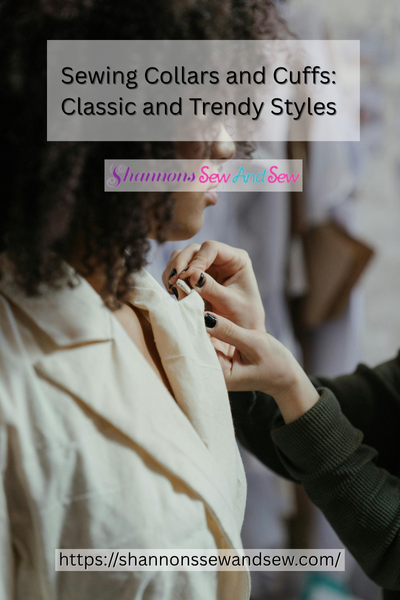Sewing Clothes
Sewing Activewear: Materials, Patterns, and Techniques
Sewing activewear: materials, patterns, and techniques—it sounds like a mouthful, right? But trust me, once you dive in, it’s actually one of the most exciting (and useful!) sewing projects you can take on.
Read More About Sewing Activewear: Materials, Patterns, and Techniques

Why I Started Sewing My Own Activewear
Let me tell you how I got started. A couple years ago, I was fed up with spending a small fortune on workout clothes that didn’t even fit properly. I mean, I’m not built like a mannequin. And the fabrics? Either too tight, too itchy, or they mysteriously became see-through during squats. Not cool.
So, I decided to try sewing activewear myself. I figured, how hard could it be? Spoiler alert: I had no clue what I was doing at first. But once I got the hang of the right materials, patterns, and techniques (yep, our keyword: sewing activewear), I never looked back. Now, I’ve got a drawer full of gear I actually want to wear—and it all fits like a dream.
More Things to Know About Sewing Activewear: Materials, Patterns, and Techniques

Choosing the Right Materials (The Fun Part!)
Okay, here’s where things get real. If you’re sewing activewear, the fabric is everything. You can’t just use regular cotton unless you want to feel like you’re wearing a soggy towel five minutes into your run.
Look for fabrics with stretch—we’re talking at least 50% four-way stretch. That means it stretches side to side and up and down. Think spandex, Lycra, nylon blends. Some even have moisture-wicking magic built right in (hello, dry armpits).
Quick tip? Don’t skip the recovery test. Stretch a swatch and see if it bounces back. If it doesn’t? Put it back. You want fabric that moves with you but doesn’t stretch out after one wear.
Patterns That Don’t Suck
The pattern you pick can make or break your project. When I first tried sewing activewear, I naively grabbed a basic leggings pattern. Sounds safe, right? Well, it had no gusset and the waistband was a joke. Let’s just say my first pair was not exactly gym-worthy.
Now I always look for patterns designed specifically for activewear. Some of my favorites include panel details for extra support and a better fit. Bonus if they’ve been tested by real humans doing real workouts (not just posing for Instagram).
Guys, if you’re reading this (and I know 60% of you are!), don’t worry—there are patterns out there for you too. Compression shorts, tanks, even joggers with zippered pockets that won’t drive you nuts during burpees.
Techniques That Make It Look Pro
If you’re worried that sewing activewear means buying a fancy serger—relax. I did my first projects on a basic sewing machine. The trick? Use a stretch stitch or a narrow zigzag. It gives the seams some flexibility so they don’t pop when you move.
One thing I wish someone told me earlier: use a ballpoint or stretch needle. Regular needles can make holes or skip stitches, which is just rude. Also, don’t skimp on the thread. Polyester is your best bet—it’s strong, stretchy, and won’t snap mid-squat.
Topstitching with a twin needle gives your seams that clean, store-bought look. It’s like the cherry on top. And if you mess up a bit? Eh, no biggie. That’s what dark thread and busy prints are for. Camouflage magic.
Fitting Is Everything
The first time you try on your handmade activewear and it fits just right—whew, it’s a rush. But getting there takes some trial and error. I always recommend making a “wearable muslin.” Use cheaper fabric with similar stretch and see how the fit feels.
Too tight in the thighs? Add a little room in the next version. Waist rolling down? Time to adjust that waistband. It’s not about perfection—it’s about you feeling awesome in what you made.
Sewing Activewear: Materials, Patterns, and Techniques Are Totally Worth It
So, why should you bother sewing activewear when stores are filled with it? Because nothing beats the comfort, fit, and confidence of gear made for your body, by your hands. Plus, it’s ridiculously satisfying when someone asks, “Where’d you get those leggings?” and you get to say, “Oh, I made them.”
Whether you’re lifting, running, doing yoga, or just chasing your dog around the park (yep, that counts as cardio), sewing activewear gives you the freedom to wear what works for you. No more compromises.
I won’t lie—there’s a learning curve. But once you get the hang of sewing activewear: materials, patterns, and techniques, it becomes this addictive little hobby that pays off every time you suit up.
So grab some stretchy fabric, pick a pattern that speaks your language, and give it a go. And when you’re sweating it out in your homemade gear? Trust me, you’ll feel like a rockstar.




















